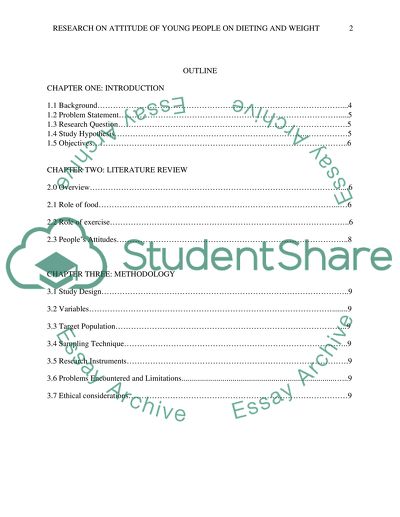Cite this document
(“Research on Attitude of Young People on Dieting and Weight Essay”, n.d.)
Research on Attitude of Young People on Dieting and Weight Essay. Retrieved from https://studentshare.org/english/1448826-research-topic-young-men-s-and-women-s-attitudes
Research on Attitude of Young People on Dieting and Weight Essay. Retrieved from https://studentshare.org/english/1448826-research-topic-young-men-s-and-women-s-attitudes
(Research on Attitude of Young People on Dieting and Weight Essay)
Research on Attitude of Young People on Dieting and Weight Essay. https://studentshare.org/english/1448826-research-topic-young-men-s-and-women-s-attitudes.
Research on Attitude of Young People on Dieting and Weight Essay. https://studentshare.org/english/1448826-research-topic-young-men-s-and-women-s-attitudes.
“Research on Attitude of Young People on Dieting and Weight Essay”, n.d. https://studentshare.org/english/1448826-research-topic-young-men-s-and-women-s-attitudes.


